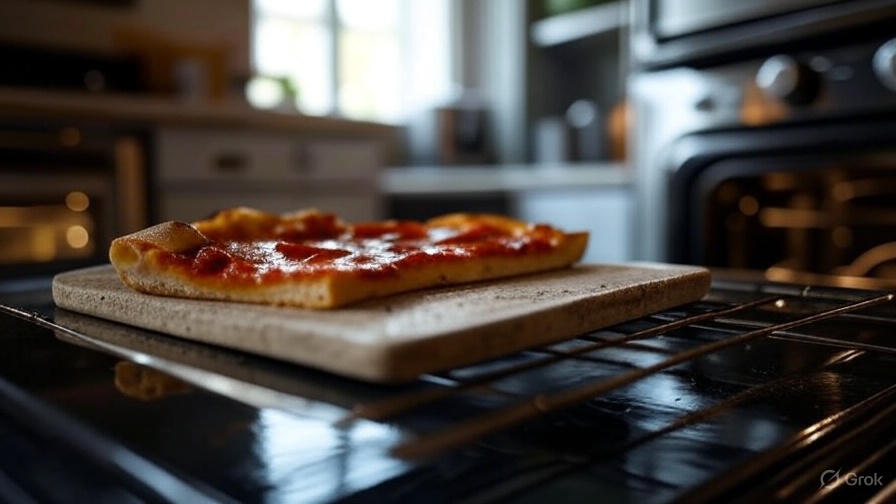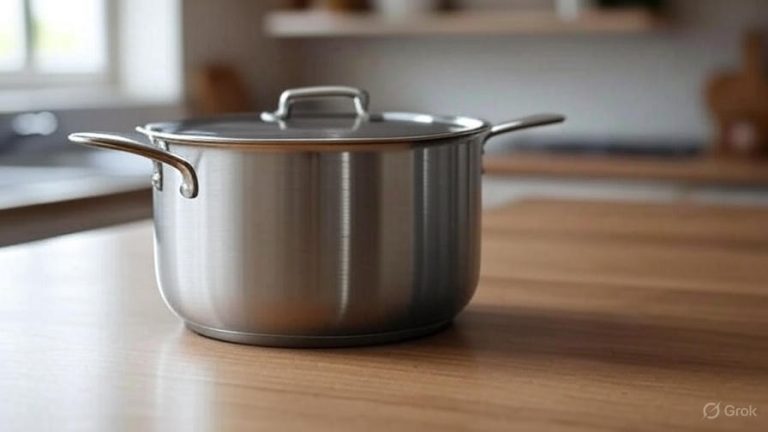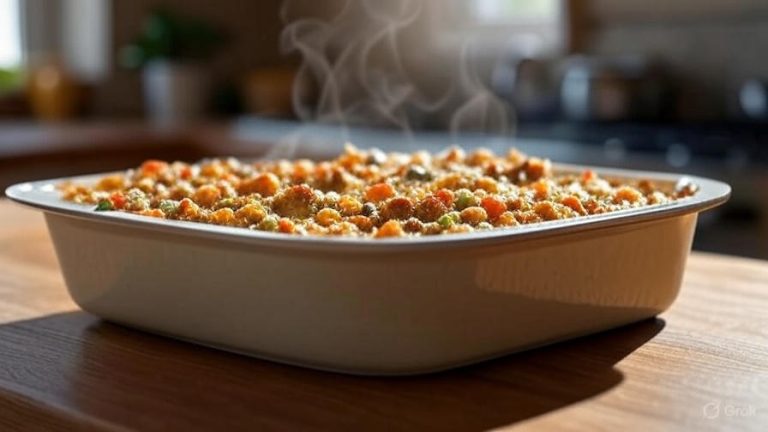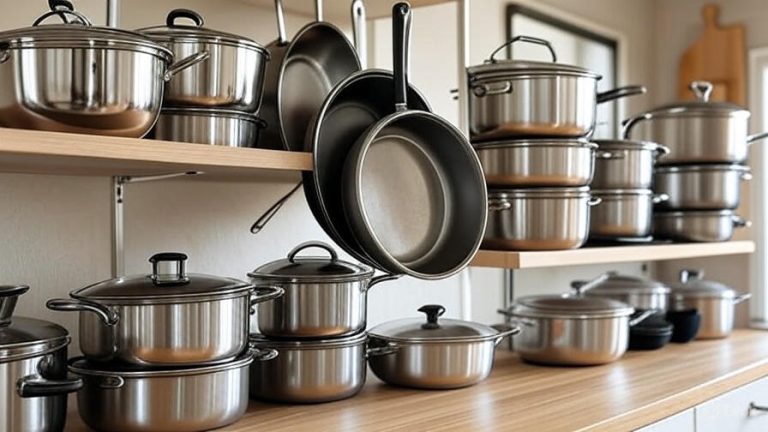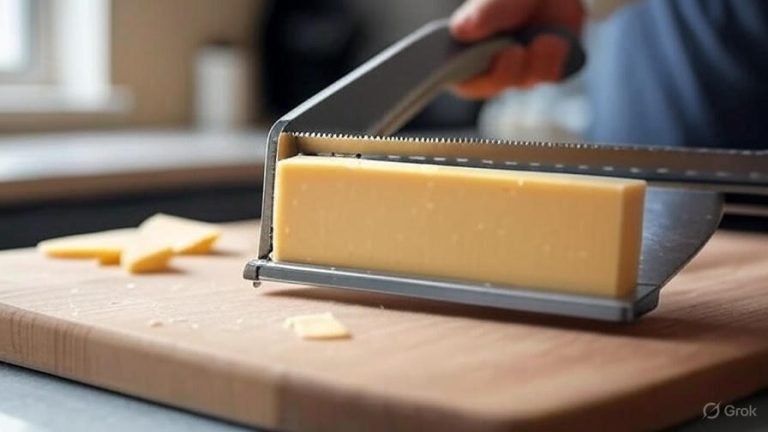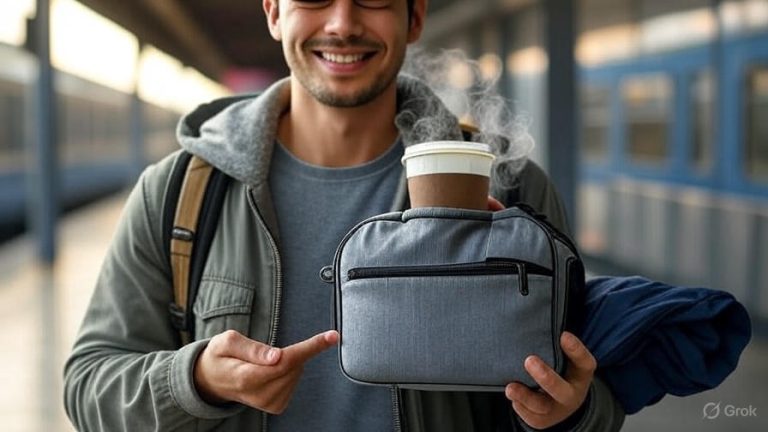How to Reheat Pizza in Oven?
Leftover pizza sits in your refrigerator, taunting you with memories of last night’s perfect slice. You could grab it cold, but deep down, you know it deserves better. The microwave will turn your once-crispy crust into a soggy mess, and nobody wants that disappointment.
The oven holds the secret to transforming your leftover pizza back into something magical. This comprehensive guide reveals exactly how to reheat pizza in your oven, bringing back that perfect balance of melted cheese, crispy crust, and flavorful toppings that made you fall in love with pizza in the first place.
Why Your Oven Beats Every Other Reheating Method
Your oven creates the ideal environment for pizza revival. Unlike microwaves that blast moisture unevenly, ovens provide consistent, dry heat that crisps the bottom while gently warming the toppings. The controlled temperature prevents cheese from burning while ensuring your crust regains its original texture.
Professional pizzaiolos swear by oven reheating because it mimics the original cooking process. The radiant heat from above melts cheese perfectly, while the heat from below restores that satisfying crunch to your crust. This dual-action approach transforms sad, cold slices into restaurant-quality pizza again.
The Science Behind Perfect Pizza Reheating
Heat transfer plays a crucial role in successful pizza reheating. Your pizza originally achieved perfection through high-temperature baking that created steam within the dough, forming air pockets that gave you that light, airy crust. Cold storage deflates these pockets and hardens the oils in your dough.
Proper oven reheating reverses this process. Controlled heat gradually warms the oils, making your crust flexible again. Steam generated during reheating reinflates those collapsed air pockets, while the dry oven environment prevents excess moisture from making your pizza soggy.
The Maillard reaction, responsible for browning and flavor development, reactivates during proper reheating. This chemical process enhances the flavors in your cheese and crust, sometimes making reheated pizza taste even better than the original.
Essential Equipment for Oven Pizza Reheating
Your basic oven setup needs just a few key items for optimal results. A baking sheet provides the foundation, though a pizza stone or cast iron skillet delivers superior results. These tools retain and distribute heat more evenly than thin metal pans.
Aluminum foil serves multiple purposes in pizza reheating. It prevents excessive browning while trapping just enough steam to keep toppings moist. Parchment paper offers a non-stick alternative that makes cleanup effortless.
A pizza peel or large spatula helps transfer hot pizza safely. Oven mitts protect your hands, and a timer prevents overcooking disasters. These simple tools ensure consistent, safe results every time you reheat pizza.
The Classic Oven Method: Step-by-Step Instructions
Start by preheating your oven to 375°F (190°C). This temperature provides the perfect balance between heating speed and gentle warming. Higher temperatures risk burning cheese before the crust warms through, while lower temperatures take too long and dry out your pizza.
Remove your pizza from refrigeration 10-15 minutes before reheating. Room temperature pizza heats more evenly than ice-cold slices. Place your pizza slices on a baking sheet lined with parchment paper, ensuring pieces don’t overlap.
Cover your pizza loosely with aluminum foil. This creates a mini-steam environment that prevents cheese from drying out while allowing the crust to crisp. The foil acts as a protective barrier against direct heat while maintaining proper moisture levels.
Slide your baking sheet into the preheated oven and set your timer for 8-10 minutes. Thin crust pizza typically needs 8 minutes, while thick crust varieties require closer to 10 minutes. Check progress at the 6-minute mark to prevent overcooking.
Remove the foil during the last 2-3 minutes if you want extra browning on your cheese. This final step creates that appealing golden color while maintaining the perfect texture underneath.
The Pizza Stone Method for Superior Results
Pizza stones elevate your reheating game significantly. These porous ceramic or stone slabs absorb moisture while distributing heat evenly across your pizza’s bottom. The result mimics wood-fired oven conditions in your home kitchen.
Place your pizza stone in the oven before preheating. Cold stones can crack when exposed to sudden temperature changes, so gradual heating protects your investment. Heat your oven to 400°F (200°C) with the stone inside for at least 30 minutes.
Use a pizza peel or the back of a baking sheet to transfer pizza onto the hot stone. Work quickly but carefully – the stone surface reaches extremely high temperatures. The direct contact with the hot stone creates an incredibly crispy bottom crust.
Reheat for 5-7 minutes on the pizza stone. The retained heat cooks your pizza faster than traditional baking sheets. Watch carefully to prevent burning, as the intense heat works more quickly than conventional methods.
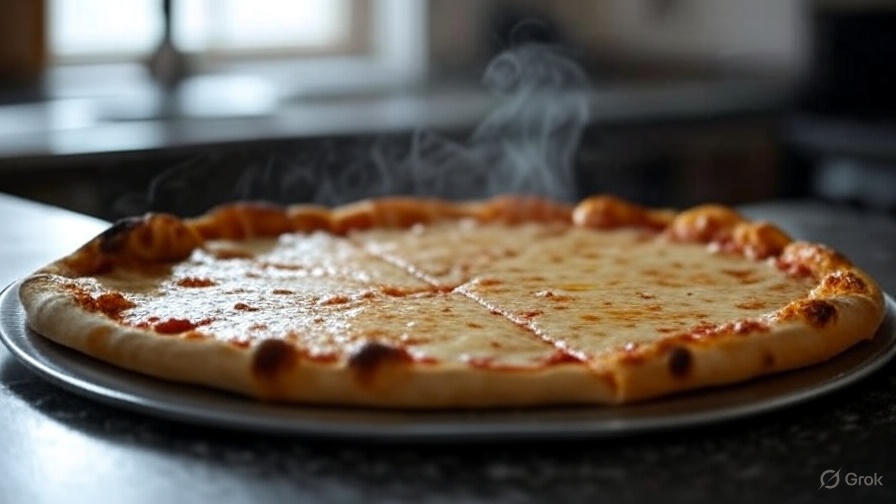
Cast Iron Skillet Technique for Crispy Perfection
Cast iron skillets create incredibly crispy crusts through direct heat contact. This method works especially well for thick crust pizza or slices that have become particularly soggy during storage.
Preheat your cast iron skillet in a 375°F (190°C) oven for 10 minutes. The preheated skillet creates immediate sizzling contact with your pizza’s bottom, jump-starting the crisping process.
Carefully place pizza slices in the hot skillet using tongs or a spatula. Listen for the satisfying sizzle that indicates proper heat contact. The bottom crust begins crisping immediately while the oven heat works on the toppings.
Cover the skillet with a lid or aluminum foil for the first 5 minutes. This traps steam and heat, melting cheese while the bottom continues crisping. Remove the cover for the final 2-3 minutes to prevent sogginess.
Timing Guidelines for Different Pizza Styles
Thin crust pizza reheats fastest due to its minimal thickness. These styles typically need 6-8 minutes at 375°F (190°C). The delicate crust can burn quickly, so check progress frequently after the 5-minute mark.
Deep dish and thick crust pizzas require longer reheating times. Plan for 10-12 minutes to ensure the center reaches proper serving temperature. These hefty slices benefit from slightly lower temperatures around 350°F (175°C) to heat through without burning.
Stuffed crust pizza needs special attention around the edges. Cover crust edges with strips of foil to prevent overcooking while the center catches up. This targeted protection ensures even heating throughout your slice.
Fresh mozzarella and delicate toppings require gentler treatment. Lower your temperature to 350°F (175°C) and extend cooking time by 2-3 minutes. This prevents burning while achieving thorough reheating.
Temperature Control for Optimal Results
Oven temperature directly impacts your reheating success. Too hot, and you’ll burn cheese while leaving the center cold. Too cool, and your pizza dries out before reaching serving temperature.
The 375°F (190°C) sweet spot works for most pizza styles. This temperature provides aggressive enough heat to crisp crusts while remaining gentle enough for cheese and toppings. Use an oven thermometer to verify accuracy – many home ovens run hot or cold.
Convection ovens require temperature adjustments. Reduce your target temperature by 25°F (15°C) when using convection settings. The circulating air cooks more efficiently, making standard temperatures too aggressive.
Altitude affects cooking times and temperatures. Higher elevations may require slight temperature increases and longer cooking times due to lower air pressure and humidity levels.
Preventing Common Reheating Mistakes
Overcrowding your baking sheet creates uneven heating. Space slices at least an inch apart to allow proper air circulation. Overlapping pieces steam each other, preventing proper crisping.
Skipping the preheat stage compromises results. Cold ovens heat unevenly and take longer to crisp crusts. Always allow full preheating time for consistent results.
Removing foil too early dries out toppings. Keep pizza covered for most of the reheating time, removing protection only for final browning. This maintains moisture while achieving desired texture.
Ignoring pizza thickness leads to disappointing results. Thick slices need more time and potentially lower temperatures than thin varieties. Adjust your approach based on the specific pizza you’re reheating.
Advanced Techniques for Gourmet Results
Steam injection creates restaurant-quality results at home. Place a small oven-safe dish of water on the bottom rack during preheating. The steam keeps toppings moist while allowing crusts to crisp perfectly.
The broiler finish adds professional appeal. Switch to broil for the final 30-60 seconds to achieve golden, bubbly cheese. Watch carefully during this step – broilers work extremely quickly.
Herb and garlic oil brushing elevates reheated pizza. Mix olive oil with minced garlic and dried herbs, then brush lightly over crusts before reheating. This adds fresh flavors and promotes even browning.
Cheese topping refreshes tired slices. Sprinkle fresh mozzarella or parmesan over existing cheese before reheating. The new cheese melts beautifully while reviving the original layers underneath.
Safety Considerations and Best Practices
Hot surfaces pose burn risks throughout the reheating process. Use oven mitts when handling baking sheets, pizza stones, or cast iron skillets. These items retain heat long after removal from the oven.
Internal temperature monitoring ensures food safety. Reheated pizza should reach 165°F (74°C) throughout to eliminate potential bacterial growth. Use a food thermometer to verify temperature in thick sections.
Proper storage before reheating maintains quality and safety. Keep leftover pizza refrigerated and use within 3-4 days for best results. Properly stored pizza reheats more successfully and safely.
Never leave reheating pizza unattended. Cheese can burn quickly, and forgotten pizza creates smoke and potential fire hazards. Set timers and check progress regularly.
Troubleshooting Common Issues
Soggy crusts usually result from too much moisture or insufficient heat contact. Try the cast iron skillet method or increase oven temperature by 25°F (15°C) for better crisping.
Burnt cheese happens when temperatures run too high or reheating time extends too long. Lower your temperature and cover pizza completely with foil, removing only for final browning.
Cold centers in thick pizza indicate insufficient reheating time. Extend cooking time by 2-3 minutes and consider lowering temperature to allow deeper heat penetration.
Dried-out toppings suggest inadequate moisture protection. Keep pizza covered longer and consider adding a small dish of water to your oven for steam generation.
Storage Tips for Better Reheating Results
Proper initial storage dramatically affects reheating success. Wrap individual slices in plastic wrap or store in airtight containers to prevent moisture loss and absorption of refrigerator odors.
Separate sauce-heavy slices from others to prevent sogginess transfer. Pizzas with wet toppings like fresh tomatoes should be consumed quickly or stored separately from drier varieties.
Freeze pizza for longer storage, but adjust reheating accordingly. Frozen pizza needs 15-20 minutes at 350°F (175°C), with foil covering for the first 12-15 minutes to prevent burning while centers thaw and heat.
Room temperature resting improves results. Remove refrigerated pizza 15-20 minutes before reheating to reduce temperature shock and promote even heating throughout.
Conclusion: Master the Art of Pizza Reheating
Perfect pizza reheating transforms disappointing leftovers into satisfying meals that rival the original. Your oven provides the controlled environment necessary to revive crispy crusts and properly melted cheese without the sogginess of microwave heating.
The techniques outlined in this guide work for virtually any pizza style, from thin New York slices to thick Chicago deep dish. Master these methods, and you’ll never waste leftover pizza again.
Remember that patience produces the best results. Proper preheating, appropriate temperatures, and careful timing create the foundation for success. With practice, you’ll develop an intuitive sense for your specific oven and preferred pizza styles.
Your leftover pizza deserves respect and proper treatment. Give it the oven reheating it deserves, and enjoy restaurant-quality results from the comfort of your own kitchen. The perfect slice awaits – hot, crispy, and delicious.

